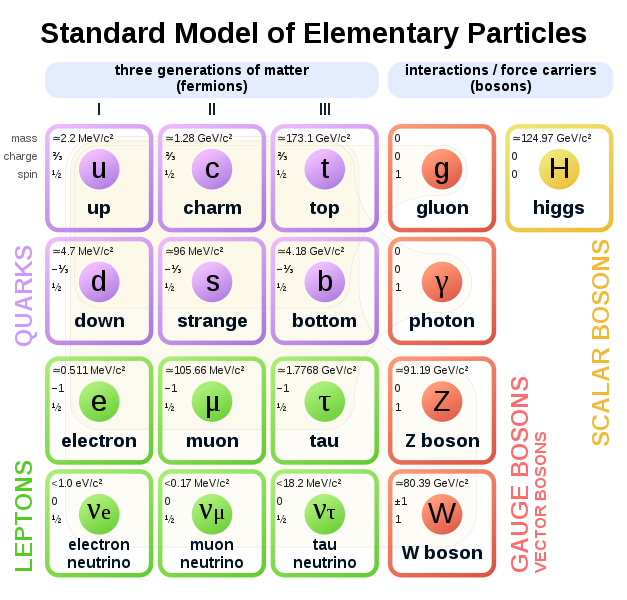Plasma Achieved!
We're well on our way to fusion, folks. Today we achieved plasma for the first time at around 2kV. What an exciting and inspiring experience this has been!
We're well on our way to fusion, folks. Today we achieved plasma for the first time at around 2kV. What an exciting and inspiring experience this has been!
Introduction Nuclear fusion is a process where two or more nuclei are combined to produce different combinations of protons and neutrons.[1] Despite how technological it might sound, nuclear fusion occurs naturally throughout the universe in stars. This fusion, however, is vastly different from fusion done by fusor enthusiasts in IEC fusion reactors. The fusion processes in stars even vary depending on the type and temperature of the star.[2] Inertial Electrostatic Confinement Commonly called a Farnsworth–Hirsch…
We will be fusing deuterium gas in our nuclear reactor. But what is deuterium and what makes it special? Deuterium is one of two stable isotopes of hydrogen. Deuterium has one proton and one neutron in the nucleus. Protium, the other stable isotope, has a proton and no neutrons. Thus, deuterium is twice as massive as protium. Tritium, while an unstable isotope, is the only other naturally occurring isotope and has two neutrons in addition…
While I certainly can’t presume to speak for every physics major, past, present, and future, at the University of Puget Sound, I can discuss my own experiences of my time here at the school and within the physics department. When I came to UPS nearly four years ago, I was entirely uncertain about what my path would be. I was interested in STEM, physics specifically, but I was also interested in politics, writing, and environmental…
Particle scattering is a phenomenon that happens all the time, and all around us, though we can’t see it. Essentially, particle scattering is what happens when a moving particle (or multiple particles) hits an obstacle in its path and “scatters” in another direction. If we imagine what’s going on in a nuclear reactor, it’s obvious we’re going to be seeing a lot of particle scattering. Simply put, when we run the reactor we’re putting gas…
Quantum tunneling is a very complex phenomenon that doesn’t listen to the classical laws of physics. So much so that it’s in its own category called quantum mechanics. I will explain the basics of one of its principles called Quantum Tunneling as well as go through a fun thought experiment of whether or not it’s possible for a human to quantum tunnel. For starters, it’s important to understand that Quantum Tunneling doesn’t fall under classical…
Our story starts in the year 1905(1). During this year Albert Einstein came out with his famous equation E=mc2. The significance of this equation is that it related mass to energy. It showed that massive amounts of energy were stored in the form of mass. In 1920 Francis W. Aston was able to precisely measure the atoms masses of hydrogen nuclei and helium nuclei and show that four hydrogen nuclei are heavier than a helium…
Inside the reactor, the vacuum chamber will be filled with a gas of positively charged ions. Whether it’s Helium atoms to produce plasma or Hydrogen isotopes for fusion, it’s helpful for us to study the kinetics and dynamics of individual particles. There are four fundamental forces in nature: gravity, electromagnetism, and the strong and weak nuclear forces. In our reactor, gravity is negligible, and the weak nuclear force isn’t present at all. In another blog…

In an introductory physics course, you learn about a diverse range of forces—friction, normal force, tension, spring force, etc. The majority of these forces are non-fundamental forces, and all boil down to four fundamental forces: gravity, the electromagnetic force, the strong nuclear force, and the weak nuclear force. The first two are probably the most familiar, and for good reason. The majority of forces that we experience every day, such as simple pushing or…

What is a Fusor...? (By Noah Liebnitz) We can actually answer that question simply: a fusor is a device designed to fuse atoms. While this gets to the heart of the matter rather quickly, it is not particularly enlightening, nor is it completely correct. In reality, there are a number of devices designed to generate fusion reactions. Typically, when people use the word “fusor,” they are referring to the machine first built by Philo Farnsworth…